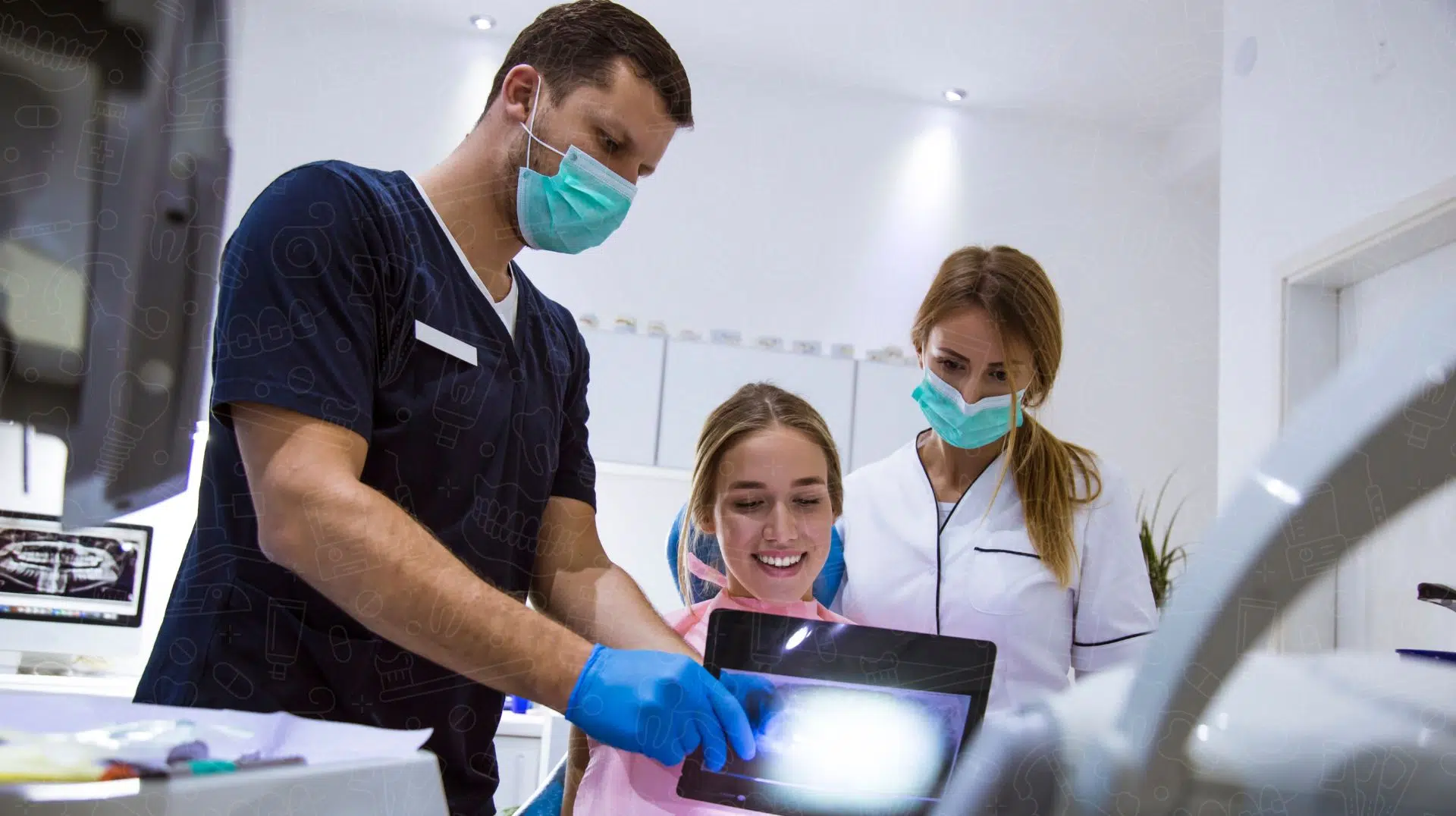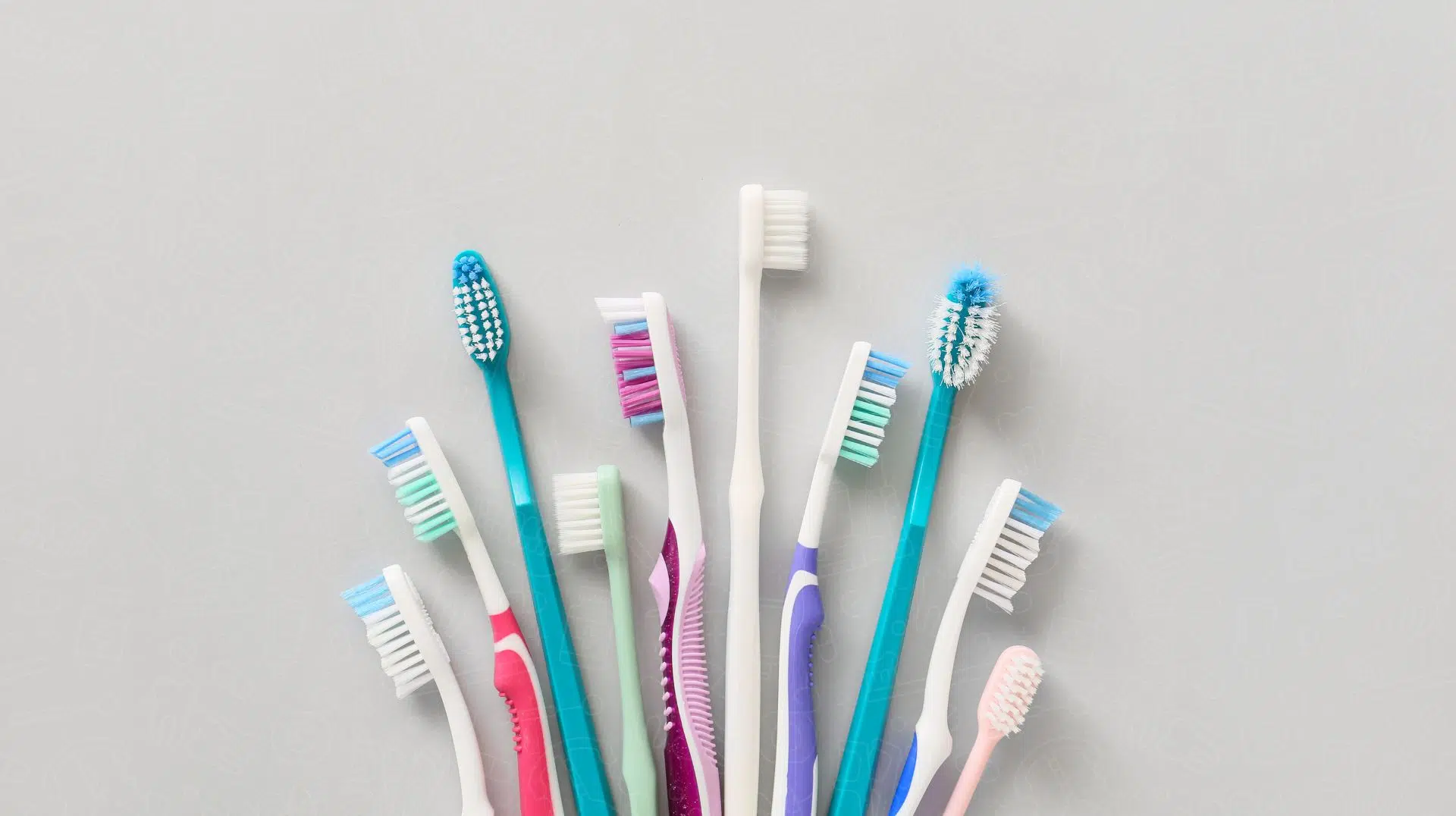Introduction
This is our guide on how you can get your smile back after having a tooth extraction. Although it may seem troublesome to lose a tooth, if you just maintain the proper care and pay attention, that big white terminal should be brushing again in no time. This article will take you step by step through restoring the smile and maintaining health of your mouth.
Understanding Tooth Extraction: Why Do Teeth Get Extracted?
There are several reasons for tooth extraction, and they all relate to maintaining general oral health. The first is severe decay, when a cavity or damage to the tooth means it has deteriorated past repair. When this happens, a tooth is extracted and decay does not spread to other teeth so as not to destroy the whole structure of our dental system.
Bacterial infections, caused by untreated cavities or dental injury are also common. For example, when an infection spreads to the pulp or root of a tooth it is best immediately extracted so that no other areas inside the mouth become contaminated.
Secondly, tooth extraction may also be advised in certain crowding problems. Overcrowded teeth cause them to be misplaced, making cleaning difficult. Removing a tooth in these circumstances usually opens up room, so that the remaining teeth can arrange themselves more satisfactorily to allow for an improved bite.
Quickly resolving dental problems is an important part of maintaining health. Dental problems if left untreated may not only affect the patient’s systemic health, but also daily life as well. If people are aware of why teeth have to be pulled, and know how early treatment can prevent this eventuality, they themselves stand a chance at maintaining healthy smiles throughout their lives. In the event that any dental problems are suspected, immediate consultation with a dentist is essential to avoid serious complications and appropriate treatment. An active attitude toward dental care is the most basic foundation for preserving general health.
Preparing for the Recovery: Preparations for Tooth Extraction
It is important to know the ins and outs of a tooth extraction before going ahead with it. Here’s a breakdown of what to expect before the extraction, ensuring a smoother recovery:
- Consultations with Dentists:
- Just make a consultation appointment before tooth extraction and talk it over with your dentist. Through this, the affected tooth and surrounding oral structures can be examined in detail.
- Your dentist will usually explain why the teeth are being pulled out during the consultation, also relieving you of any uncertainties that your might have. They will also examine your overall dental health to find the proper procedure.
- Discussions about Replacement Options:
- Discuss with your dentist the possibility of replacing a pulled tooth. In your individual case, alternatives like dental implants or bridges, or even dentures can be considered.
- By knowing about replacement choices ahead of time, you are able to be the best judge as possible for your oral health and also know what next steps will involve.
- Advances in Dental Technology:
- Ease concerns about the tooth extraction process by stressing advances in dental technology. Today, modern equipment and methods have greatly increased the accuracy of tooth extraction.
- These advanced imaging technologies give dentists an even clearer picture, allowing them to better plan and perform extractions in a way that causes little pain or discomfort. Explain to patients that these technological advances are all for the sake of a more comfortable and convenient treatment.
- Anesthesia and Pain Management:
- Anesthetization during extraction can also effectively reduce pain and discomfort; why? Most dentists use all forms of anesthesia-including local or conscious sedation, depending on individual requirements.
- Stress that the point is to avoid pain, and improvements in anesthesia methods contribute toward reducing the difficulty of operation.
Through active involvement in consultations, discussion of replacement options and familiarization with developments in dental technology and anesthesia, people can face the tooth extraction without apprehension. Preparedness is a prerequisite for the pleasure of the experience and ensures that recovery follows smoothly to allow a smile as beautiful and healthy as ever to be restored.
Immediate Post-Extraction Care: Caring for Just After the Extraction
Proper care immediately following a tooth extraction is important for things to go smoothly after the surgery.
Here’s a detailed guide to help you navigate this critical phase:
- Wound Care:
- After the extraction your dentist will give you gauze to bite on for a while. This helps stop bleeding and assists the clotting of blood.
- You should do as your dentist tells you; for how long must one bit the gauze and when should it be replaced? This step assists in the early stages of wound healing.
- Prescribed Medications:
- Pain relievers or antibiotics may be prescribed by your dentist in order to treat pain and infection. Take the medication consistently until you feel pain-free.
- Even if it causes a minor side effect, don’t quit taking them suddenly. Should you experience any doubts or unexpected side effects, notify your dentist immediately so as to receive guidance.
- Ice Packs for Swelling:
- Short-term application of an ice pack to the affected area will reduce swelling and lessen pain. Wrap an ice pack in a cloth or towel before applying it directly to the skin.
- Avoiding Certain Activities:
- Avoid disturbing the healing process by rinsing vigorously, spitting or drinking through a straw. Also, these can loosen the clot of blood necessary for wound healing.
- Follow Post-Extraction Instructions:
- Dentists will be able to give you special post-extraction instructions. Carefully following these instructions should speed up the recovery process.
- Instructions will probably include adding dietary restrictions (eating only soft foods for a while, etc.) and oral hygiene pointers which won’t interfere with healing.
- Monitoring for Complications:
- Watch closely for any unusual symptoms at the extraction site, like excessive hemorrhaging or acute pain and swelling.
Watch out for anything abnormal, and report it to your dentist in time. Such immediate after-extraction care is crucial to a successful recovery. You can help the situation by taking some basic steps to ensure effective wound care, following directions for medications given you and observing post-extraction instructions. Your dentist is an important source of support, so don’t hesitate to contact them at any time with questions.
Adjusting to Changes: How to Cope with Changes in Form and Usage
Tooth extraction can always result in changes of appearance and daily living habits, but understanding the situation ahead of time means being more able to adjust.
- Changes in Appearance:
- Appreciate the worry that one will change in appearance after having a tooth pulled. Of course, you’re going to worry about whether it will disturb your smile.
- They should be immediately assured that there are a number of types of replacement, including dental implants or bridges and dentures, depending on the situation.
- Changes in Eating Habits:
- Talk about changes in eating practices required during the early period of rehabilitation. It’s best to eat soft foods to avoid discomfort, and let the extracted area recover without strain.
- Stress that these changes are temporary, and emphasize to the individual patient that as the recovery gets on track he can begin eating normally again.
- Introducing Temporary Solutions:
- Offer concrete strategies for dealing with the immediate challenges. Soft foods such as soups and yogurt, mashed potatoes or smoothies can be eaten without exerting too much stress on the healing zone.
- Need to stress the preservation of good nutrition throughout this time period for healthy support.
- Timeline for Adjusting:
- Allow for practical limitations by saying that adjusting to changes requires time. The pain and changes in both appearance and function are only temporary.
- Talk about the broad course of recovery, mention that people should see better and better every week.
- Importance of Replacement Options:
- Stress the importance of asking a dentist about available replacement treatments. Then discuss how these alternatives not only consider aesthetics, but also maintain proper function and avoid problems such as shifting of surrounding teeth.
Through the ways in which they respond to complaints about changes in appearance or eating habits, by explaining temporary means of adapting (such as soft food diets), and dealing with when people will be able to cope with these life-altering adjustments, their treatment can pass much more smoothly. Patience is the most important reminder, however. With proper care and concern for them, appearances can be restored as well as functions to a great extent. If there are special concerns or questions, visiting a dentist can give you individually tailored advice to ease the transition.
Exploring Replacement Options: Options for Restoring Your Smile
Replacement options After an extraction, taking a look toward replacement is part of the road to putting your smile back together and returning everything in top health.
Let’s delve into the various options available, highlighting their benefits and considerations:
- Dental Implants:
- Overview: Dental implants, in particular, are a popular and durable solution. Involves implanting a numeric titanium rod into the jawbone to serve as support for an artificial tooth.
- Benefits: Implants are very stable, resemble natural teeth in both form and function, promote bone growth to keep the jaw healthy.
- Considerations: It takes several visits, and whether you can be a candidate may depend on how dense your jawbones are.
- Bridges:
- Overview: Dental bridges are prosthetic teeth held in place by adjacent natural or implant-supported roots. These are used to fill in the gap left by the extracted tooth.
- Benefits: Bridges are a non-invasive procedure that can quickly restore both appearance and function. They are used on people with healthy neighboring teeth.
- Considerations: Support teeth may also have to be adapted, bridges do not promote jaw-bone growth at all.
- Dentures:
- Overview: Dentures are prosthetic appliances that replace missing teeth. They are partial or complete, according to the degree of tooth loss.
- Benefits: But dentures are less expensive and can restore the smile in a short time. They are suitable for persons with several missing teeth.
- Considerations: Dentures must be adjusted to and maintained. For the first couple of days, full dentures can change speech and eating habits.
- Considerations for All Options:
- Cost: Some may dislike the cost of dental implants compared with bridges or dentures.
- Aesthetics: The four choices differ in their level of naturalness. But in most cases dental implants offer the most natural look.
- Maintenance: All of the replacement options require routine oral care and follow-ups in order to last.
- Long-Term Impact: Think about the effects on long-term oral health. For instance, dental implants help maintain the jawbone.
The decision on which to use is based on personal preference, oral health and cost considerations. A consultation with a dentist can give individual recommendations, so as to make sure the chosen option accords most closely with both appearance and sound long-term dental health. But don’t forget that the task of restoring your smile is a cooperative one whose success depends on you and your dental care team after the tooth extraction.
Long-Term Oral Care: Maintaining a Healthy Smile
Beyond the short term post-tooth extraction process, maintaining a healthy and lively smile requires more. Oral care over a long period of time is extremely important in the prevention of future dental problems and in maintaining overall oral health.
Here are essential tips to maintain a healthy smile after a tooth extraction:
- Consistent Oral Hygiene Practices:
- Brushing: Brush regularly with fluoride-containing tooth paste. Brush carefully, giving attention to all areas of the teeth and selecting a brush with soft bristles.
- Flossing: Flossing removes plaque and particle matter caught between the teeth. This is important for gum disease prevention, as well as general oral healthcare.
- Regular Dental Check-ups:
- Checkups should be done at regular intervals to keep track of the condition of your teeth and gums. Professional cleanings also prevent plaque accumulation and allow problems to be caught early.
- Optimal Nutrition:
- Oral hygiene is also connected with a balanced diet. Make sure you take in Vitamin D, calcium and phosphorus to strengthen your teeth and gums.
- Hydration and Saliva Production:
- Drink water to keep up saliva production. Because saliva has the ability to neutralize acids, prevent cavities and keep healthy gums.
- Protective Measures:
- For those who engage in any type of activity that may result in injury to the mouth, one should wear a mouthguard. By taking this one easy step, damage to the remaining teeth can be avoided.
- Addressing Issues Promptly:
- As soon as any oral problems occur, including sensitivity or changes of the teeth and other tissues in the mouth, see your dentist. Early treatment can catch these small problems before they turn into big ones.
- Mindful Lifestyle Choices:
- Avoid tobacco products and reduce alcohol consumption. They both can lead to oral problems, such as gum disease and cancer of the mouth.
- Replacement Considerations:
- But if there is a gap where the tooth once was, it would be well worth considering replacement with implants, bridges or dentures. A full complement of teeth Prompt removal can rarely cause any problems to oral function.
- Personalized Oral Care Plan:
- Cooperate with your dentist to develop an individualized oral care program. Adapting your regimen to best suit one’s particular oral health situation is key.
Long-term oral care is, after all, a vow to the health of your whole body. Repeated stress on oral hygiene maintenance, regular visits to the dentist’s office and a healthy diet increased by preventive measures allow you to achieve proper care throughout your lifetime. This is a long-term challenge, and you need the help of your dentist in order to keep after it so that both smile and health are maintained.
Conclusion
Congratulations! You’ve already started getting your smile back together after a tooth extraction. Through comprehending the process, observant post-extraction care and evaluating replacement alternatives, you are well on your way to recovery of confidence in yourself and good dental health. A smile is your own treasure. With proper care, it will shine once again as you wish. If you have any doubts and questions, feel free to visit your dentist for personalized recommendations. Cheers to a happy, healthy smile.





